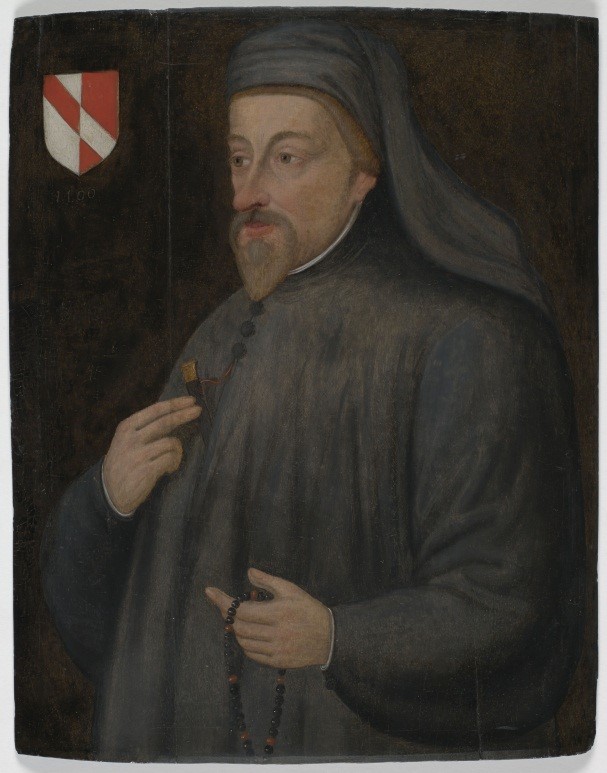Here’s How St. Valentine’s Day Actually Began
St Valentine’s Day History and The Beginning of Romantic Holiday
Did you know that there are eleven commemorated saints in the Catholic Church whose names are Valentine?
Out of these eleven saints, only two saints have had something to do on this delightful holiday that is Valentines.

On this holiday, most couples would exchange love letters, and buy chocolates and roses—not knowing there is an interesting history behind the tradition.
Here are some St. Valentine’s Day facts that you’d probably want to know:
It was dedicated to two St. Valentines
Many scholars have long argued on the identity of St. Valentine. There were two debatable figures that were responsible for the month of romance. One is the priest, Valentine of Rome, and the other one is the bishop, Valentine of Terni.
But historical sources have proved that both Valentino are the same person. It was actually confirmed from the Geronimian Martyrology (list of Christian martyrs) that in 4th century, Valentino from Terni was martyred in Rome, but then was still revered in Terni as their bishop. The story goes that three young Greek students stole St. Valentine’s body from Rome and brought it to his homeland where he was honored by the community.
The life story behind is not even romantic.
St. Valentine was a Roman priest during the reign of the oppressive Roman emperor, Claudias II. At an age of twenty-one, St. Valentine was named bishop of Terni in AD 197. Claudias II detested the Christians and did not believe in their practices.
During his term, he established an edict that prohibited the marriage of young people, where he believed that marriage could only weaken his soldiers. But Valentine was faithful on the ideals of sacred marriage; he secretly performed a marriage between a Roman legionary and a Christian woman in the Church.
Due to his illegal actions, Valentine was eventually imprisoned and tortured, and on February 14, AD 270, he was brutally stoned and beheaded.
St. Valentine miraculously healed a blind girl.
It was said that St. Valentine prayed and healed a young blind girl. The blind girl was the daughter of one of his jailers—a man named Asterius. St. Valentine made a miracle that even Asterius was converted into a Christian. According to the story, Valentine’s last words were “Your Valentine,” a letter he sent to Austerius’s daughter when he bid farewell before his death.
It was originally established to replace a pagan festival.
In pagan tradition, February 13, 14, and 15 were declared as the festival of fertility and the celebration of Roman Lupercalia to honor the pagan god Lupercus. But in AD 496, Pope Saint Gelasius I declared February 14 as Valentine’s Day to venerate St. Valentine’s martyrdom and to put an end to some pagan rites.
The celebration eventually spread in France and England.
The monasteries of Benedictines were responsible for spreading the Valentine festivity. While the practice of love letters, chocolates, and roses dates back to early Middle Ages. But historically, St. Valentine’s Day as an occasion for romance began in Geoffrey of Chaucer’s poem called Parliament of Fowls.
For this was on saint Valentine’s day,
When every foul cometh there to choose his mate
Another historical reference includes the High Court of Love in Paris on February 14, 1400 to deal issues on love, such as marriage contracts, betrayal, and divorces. And one noteworthy event that sprung up the tradition of exchanging love letters started in 1415 after French Duke of Orleans wrote a love poem entitled Farewell to Love to his wife Bonne of Armagnac while he was jailed in Tower of London.
Shakespeare even included the words “Valentine’s Day” in his play, Hamlet. And in the year of 1913, Hallmark, a postcard brand, popularized Valentine’s greeting cards.

FEATURED AUTHORS
Worrying if I was telling too many secrets Leaving out so much.
Keep Reading »Writing is an arduous task even when one has all ideas clear in the read more
Keep Reading »Write the book, start marketing (letting people know of it) before you finish.
Keep Reading »









